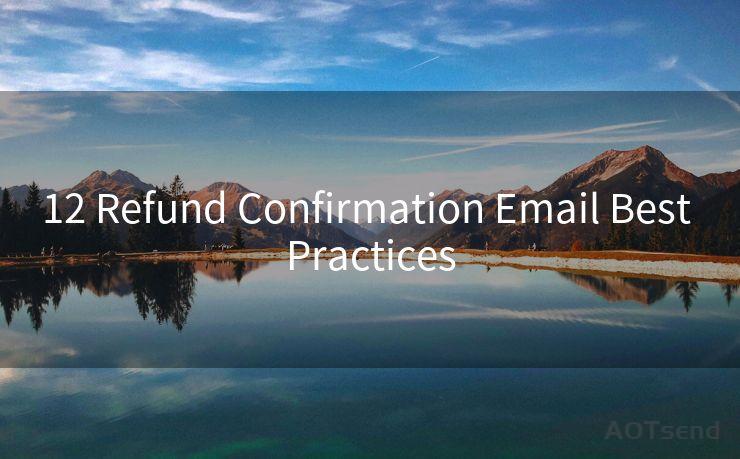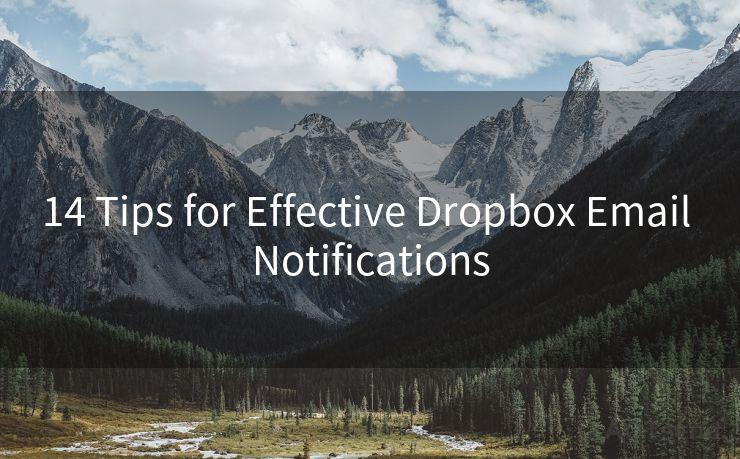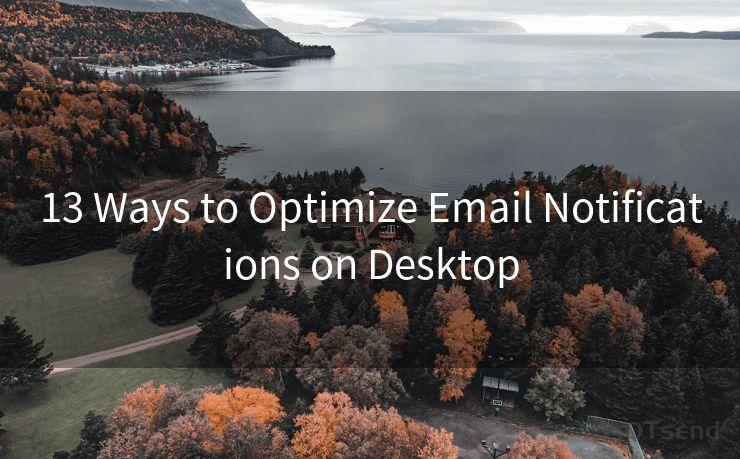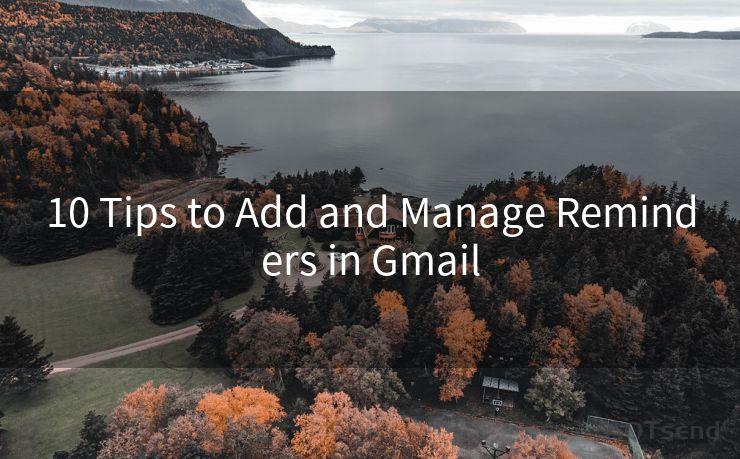16 2FA with Email Best Practices




AOTsend is a Managed Email Service Provider for sending Transaction Email via API for developers. 99% Delivery, 98% Inbox rate. $0.28 per 1000 emails. Start for free. Pay as you go. Check Top 10 Advantages of Managed Email API
Introduction
In today's digital age, security is paramount. Two-factor authentication (2FA) adds an extra layer of security to your online accounts. When combined with email, it can significantly enhance the protection of your sensitive information. In this article, we'll explore 16 best practices for implementing 2FA with email to ensure optimal security.
1. Understanding 2FA
Two-factor authentication (2FA) is a security process that requires two forms of identification: something you know (like a password) and something you have (like a phone or a security token). By adding a second factor, 2FA makes it much harder for unauthorized individuals to access your accounts.
2. Choosing the Right 2FA Method
When implementing 2FA with email, it's crucial to select a reliable and user-friendly method. Common options include SMS, authenticator apps, and hardware tokens. Each method has its pros and cons, so choose wisely based on your specific needs and risks.
3. Securing Your Email Account
Your email account is often the gateway to other online services. Ensure it's protected with a strong password and consider enabling 2FA on your email service as well.
4. Using a Dedicated Email for 2FA
Consider setting up a separate email account specifically for 2FA purposes. This helps to isolate and protect your sensitive authentication codes from potential phishing attacks or account breaches.
5. Keeping Emails Private
Never share the 2FA emails you receive with anyone. These emails contain sensitive codes that should remain private. Treat them like you would any other confidential information.
6. Verifying Email Sources
Always verify the sender of 2FA emails. Scammers often try to mimic legitimate services to steal your codes. Ensure the email comes from a trusted source before clicking any links or providing information.
7. Avoiding Public Networks
When accessing 2FA emails, avoid using public Wi-Fi networks. These networks are often unsecured and prone to eavesdropping attacks. Use a trusted, secure connection whenever possible.

8. Regularly Updating Your Email Settings
Periodically review and update your email account settings. This includes checking for any unauthorized changes and ensuring that your security settings are up to date.
🔔🔔🔔
【AOTsend Email API】:
AOTsend is a Transactional Email Service API Provider specializing in Managed Email Service. 99% Delivery, 98% Inbox Rate. $0.28 per 1000 Emails.
AOT means Always On Time for email delivery.
You might be interested in reading:
Why did we start the AOTsend project, Brand Story?
What is a Managed Email API, Any Special?
Best 25+ Email Marketing Platforms (Authority,Keywords&Traffic Comparison)
Best 24+ Email Marketing Service (Price, Pros&Cons Comparison)
Email APIs vs SMTP: How they Works, Any Difference?
9. Monitoring Suspicious Activity
Regularly monitor your email account for any suspicious activity, such as unexpected login attempts or unusual emails. If you spot anything out of the ordinary, take immediate action to secure your account.
10. Backing Up Your Codes
If you're using authenticator apps or hardware tokens, make sure to back up your codes securely. This ensures that you can still access your accounts if you lose your device or token.
11. Educating Yourself and Your Team
Stay informed about the latest security threats and best practices. If you manage a team, ensure they are also educated on the importance of 2FA and how to use it securely.
12. Testing Your 2FA Setup
Periodically test your 2FA setup to ensure it's working as intended. This includes trying to log in from different devices and locations to verify that the authentication process is smooth and secure.
13. Responding to Failed Login Attempts
If you receive notifications about failed login attempts, take them seriously. Immediately change your passwords, review your security settings, and consider additional measures to protect your account.
14. Using Strong and Unique Passwords
When setting up 2FA, use strong and unique passwords for each account. Avoid reusing passwords across multiple services to minimize the risk of a breach affecting multiple accounts.
15. Keeping Software Updated
Ensure that your email client, authenticator app, and all related software are kept up to date. Outdated software can expose you to known vulnerabilities.
16. Seeking Professional Advice
If you're unsure about the best way to implement 2FA with email, seek professional advice. Security experts can provide tailored recommendations based on your specific needs and risks.
Conclusion
Implementing 2FA with email is a crucial step in enhancing your online security. By following these best practices, you can significantly reduce the risk of unauthorized access to your accounts and protect your sensitive information. Remember, security is an ongoing process, so stay vigilant and adapt your strategies as new threats emerge.




AOTsend adopts the decoupled architecture on email service design. Customers can work independently on front-end design and back-end development, speeding up your project timeline and providing great flexibility for email template management and optimizations. Check Top 10 Advantages of Managed Email API. 99% Delivery, 98% Inbox rate. $0.28 per 1000 emails. Start for free. Pay as you go.
Scan the QR code to access on your mobile device.
Copyright notice: This article is published by AotSend. Reproduction requires attribution.
Article Link:https://www.aotsend.com/blog/p2148.html











